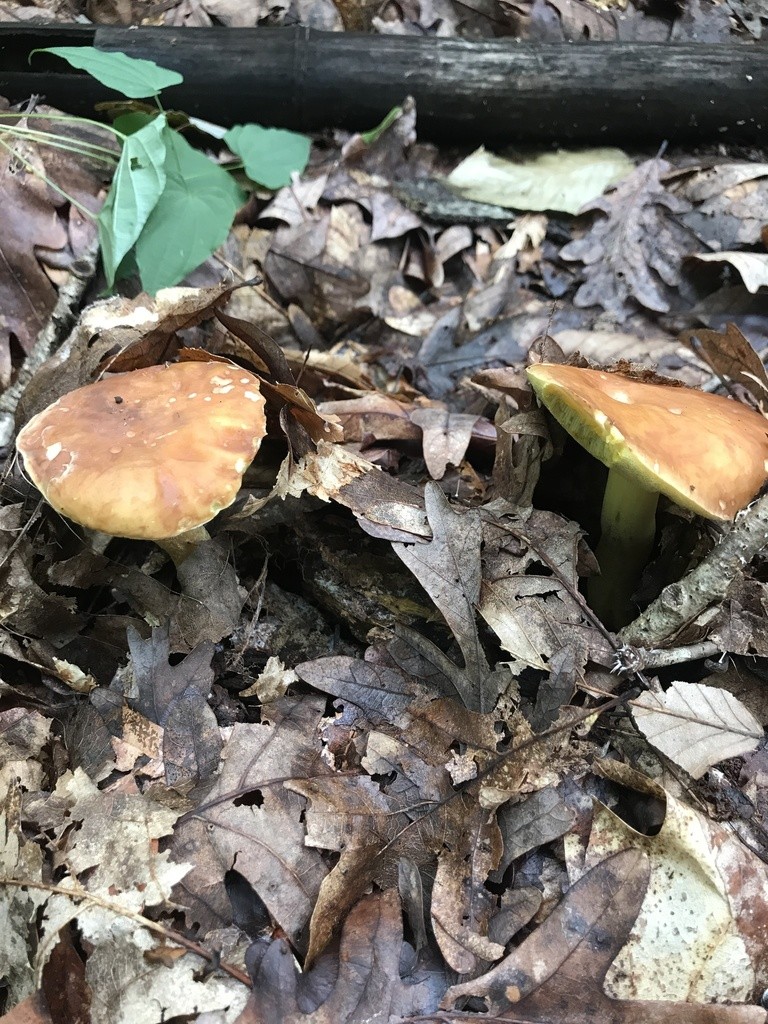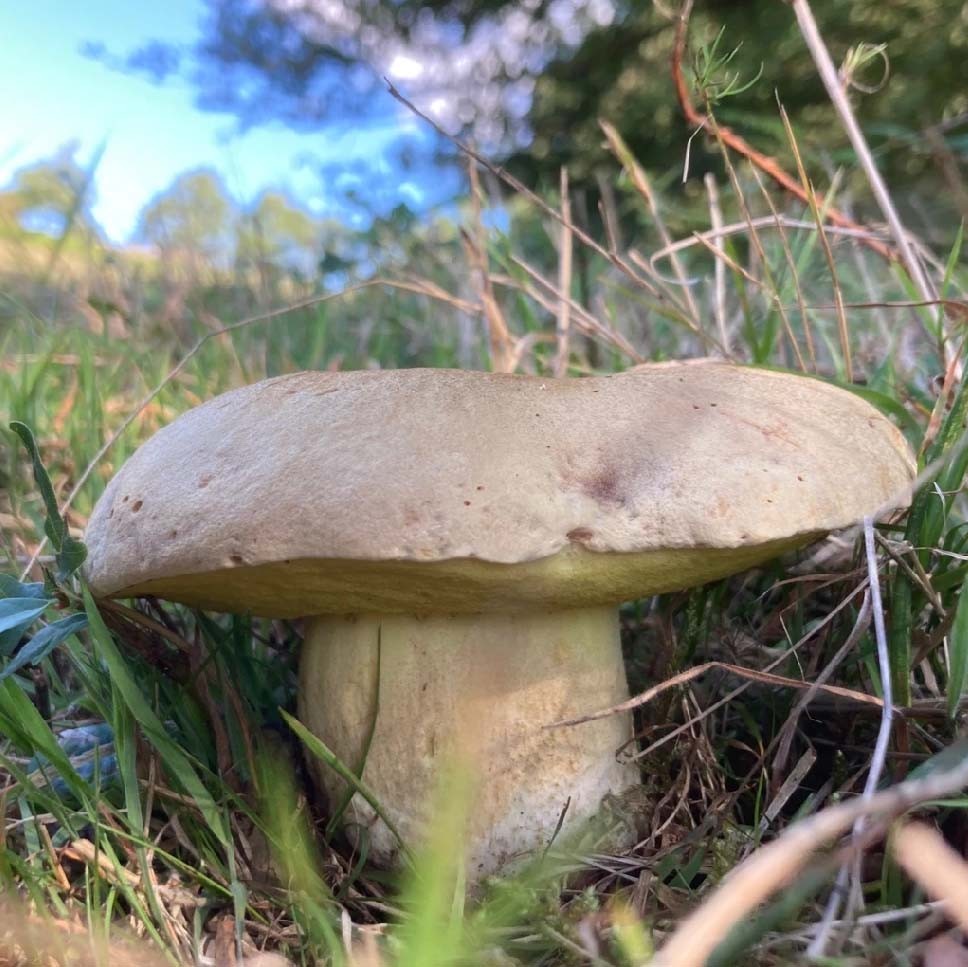Hemileccinum
Scientific name: Hemileccinum
Hemileccinum
Scientific name: Hemileccinum
 Photo By wearethechampignons , used under CC0-1.0 /Cropped and compressed from original
Photo By wearethechampignons , used under CC0-1.0 /Cropped and compressed from original Description
Hemileccinum is an interesting group of fungi often found in forested areas, typically forming a symbiotic relationship with trees. One notable trait of some species in this group is their unique ability to change color when bruised or cut, often turning blue. These fungi generally have thick stems and spongy pore surfaces instead of traditional gills, which help in spore dispersal. Their symbiotic nature aids in nutrient exchange, benefiting both the fungi and the trees.
Species of Hemileccinum
Scientific Classification
Phylum
Club fungi Class
Mushroom-forming fungi Order
Boletes and allies Family
Boletes Genus
Hemileccinum 